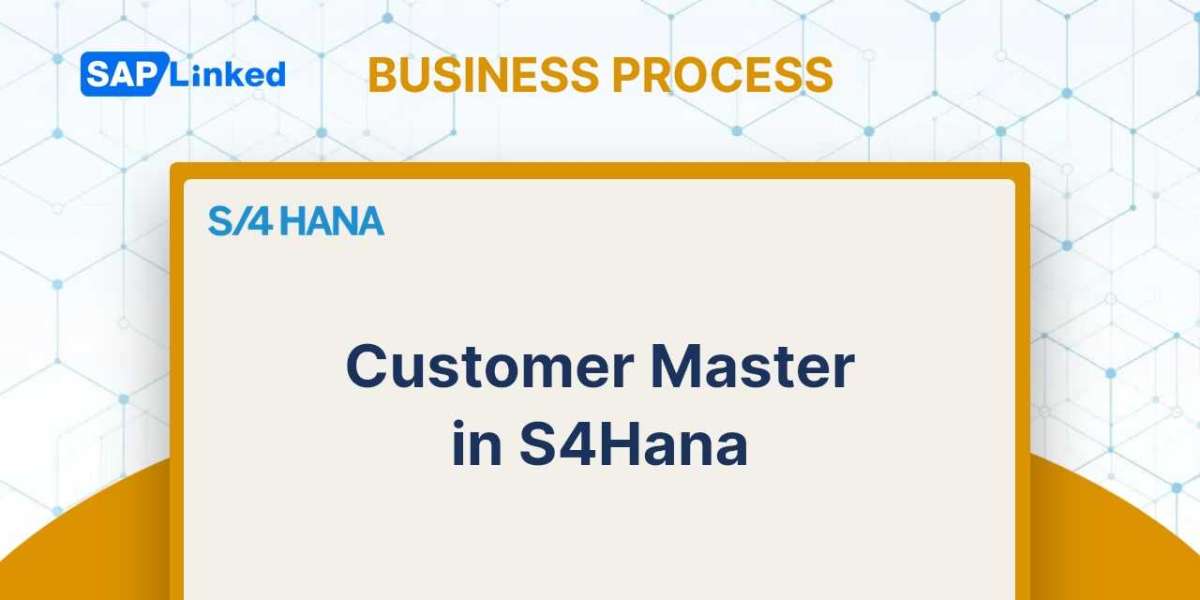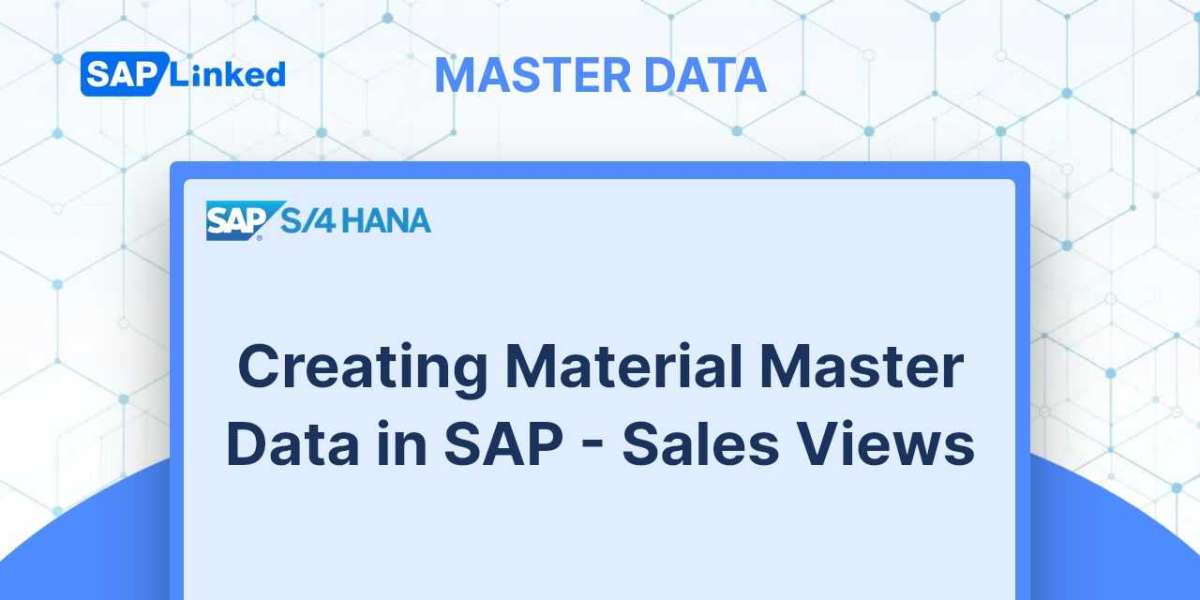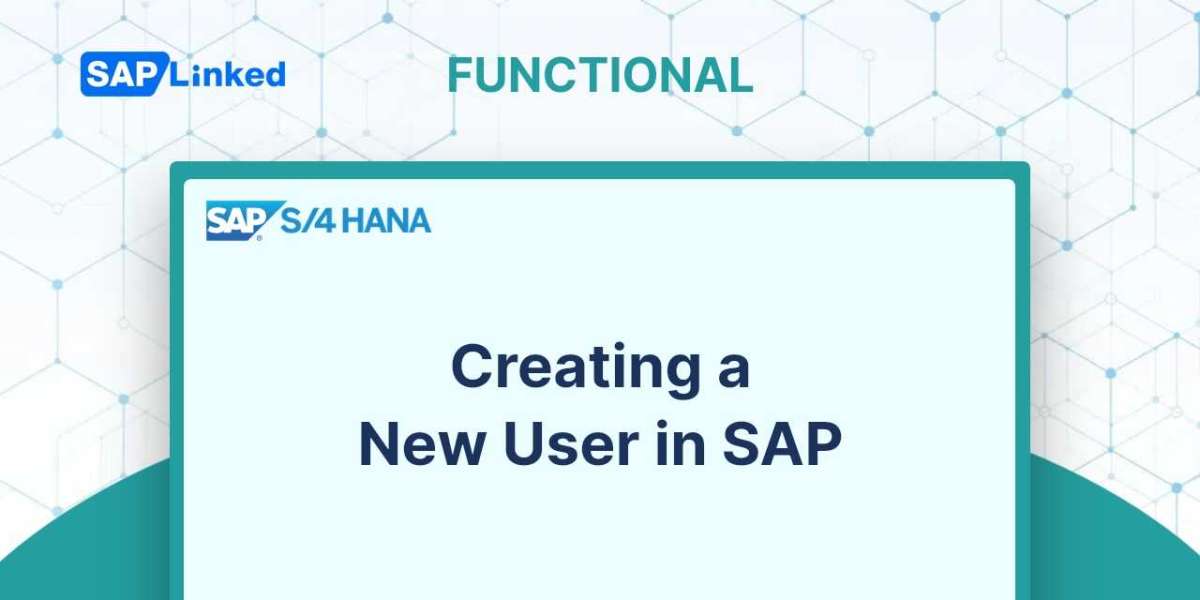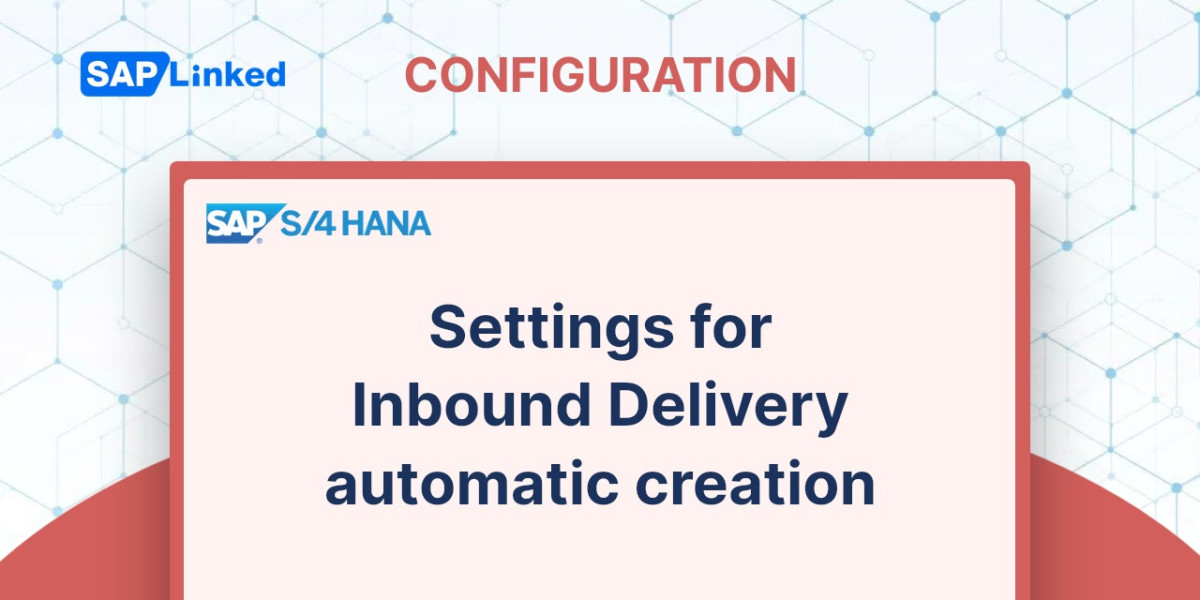In SAP S/4HANA, business partner master data is used to handle customer and vendor master data. This strategy allows for the central maintenance of customer and vendor master data (in SAP ERP they have been handled separately).
Master data for business partners can be updated using either the BP transaction or an appropriate app from the SAP Fiori Launchpad.
The Business Partner Category must be chosen when creating a business partner. A business partner may be a person, a group, or an organization. A group can stand in for a joint household, a married pair, or an executive committee. A firm, a company department, or an association are examples of units that are represented by organizations.
A role concept enables the connection between a business partner and other components. A commercial situation in which a business partner may exist correlates to a business partner role. Customer (important for sales procedures), FI customer, or vendor are a few examples of possible roles. This makes it possible to employ the business partner for the necessary tasks and to ensure that the necessary master data for the various processes may be documented appropriately (such as sold-to party).
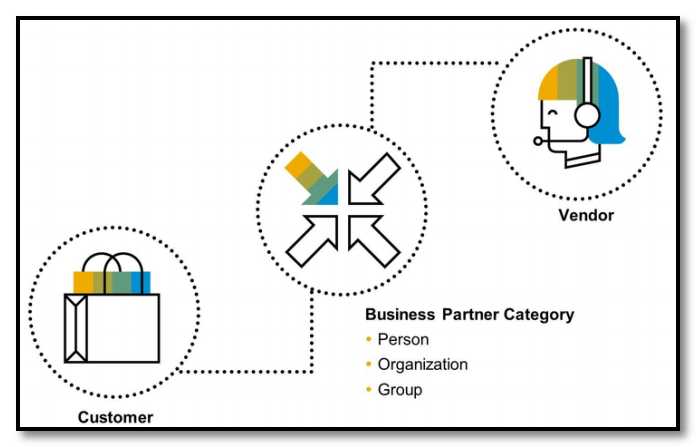
Figure 1. The Business Partner Approach in SAP S/4HANA
The categories general data, sales area data, and company code data are used to organize the business partner data that is relevant for customers (business partner roles Customer and FI Customer). It contains every piece of information required for handling orders, deliveries, invoicing, and client payments.
The general data is relevant to accounting and sales. It applies to every organizational component of a client.
Sales area data are useful for sales and distribution.. It is appropriate for the relevant sales area (sales organization, distribution channel, and division).
Company code data is relevant for accounting. It is appropriate for the specific company code.
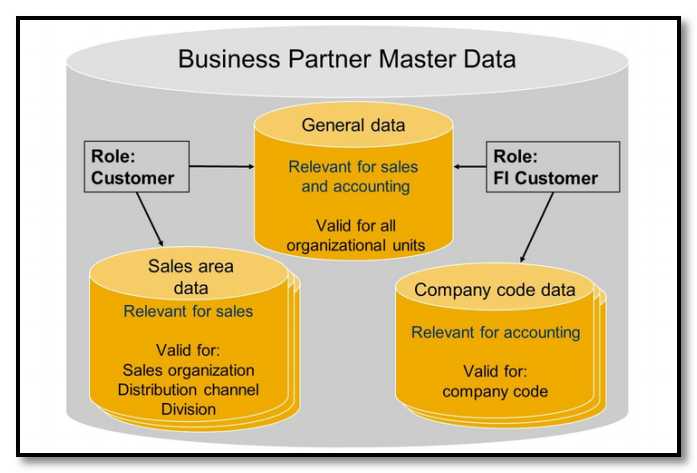
Figure 2. Structure of Customer Master Data
The sales area data can be used to retain the most crucial customer master data for sales and distribution procedures. The relevant fields are divided up into many tab pages to make data maintenance easier. The following are the most important ones:
- Orders
- Shipping
- Billing
- Partner Functions
The customer master data must be kept up to date for the appropriate sales areas if you wish to use a client in many sales areas throughout the sales processes.
Creating Customer Master Data in S/4 Hana
To access customer master data go to the transaction BP. You can search for the customer or other business partner you want to switch in the initial screen.
A single person, an organization, or a group can be the customer. To create a new customer, select the appropriate button (1).
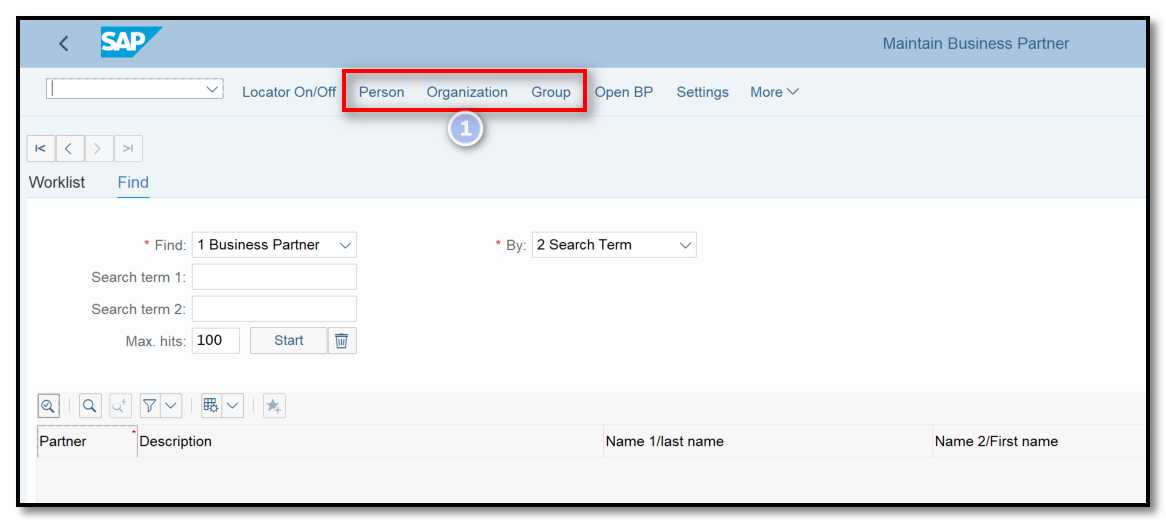
Figure 3 Maintain Business Partner screen
In this example, we are considering the customer as an “ORGANIZATION”. After clicking on the Organization button we will be redirected to the Create Organization screen (Figure 4).

Figure 4 Create Organization screen
When you create a business partner, assign each one to a Business Partner grouping. The number range is determined by the grouping. The assignment cannot be changed later. In Customizing, you can specify categories, their descriptions, related number ranges, and other characteristics.
For both the internal and external number assignment, standard groupings can be defined. Create a number range for every grouping.
The grouping field entry you make when creating a business partner controls whether and how an entry is made in the business partner number field.
The business partner roles definition is based on a business process. These BP roles have attributes that are pertinent to this process ascribed to them. The business partners can be created only in relation to BP roles.
To create and modify customer master records, you can use three different sets of BP roles:
- 000000 (Business Partner General) It enables the user to add general data while blocking access to business code and sales area information.
- FLCU00 (Customer Financial Accounting side) While restricting access to sales data, it allows the user to preserve the general information and business code data.
- FLCU01 restricts access to the company code data, leaving the user only with the ability to update sales area data and general information.

Figure 5 Create Organization screen with reference
You can always copy data from an existing customer record to speed up filling up the data. When you select the BP Role FLCU00 or FLCU01, it is possible. On the screen depicted in Figure 5, select With Reference. You can define the sales area and provide any current customer number (Figure 6). Data fields from the reference customer will be transferred. Then you can modify them as necessary.
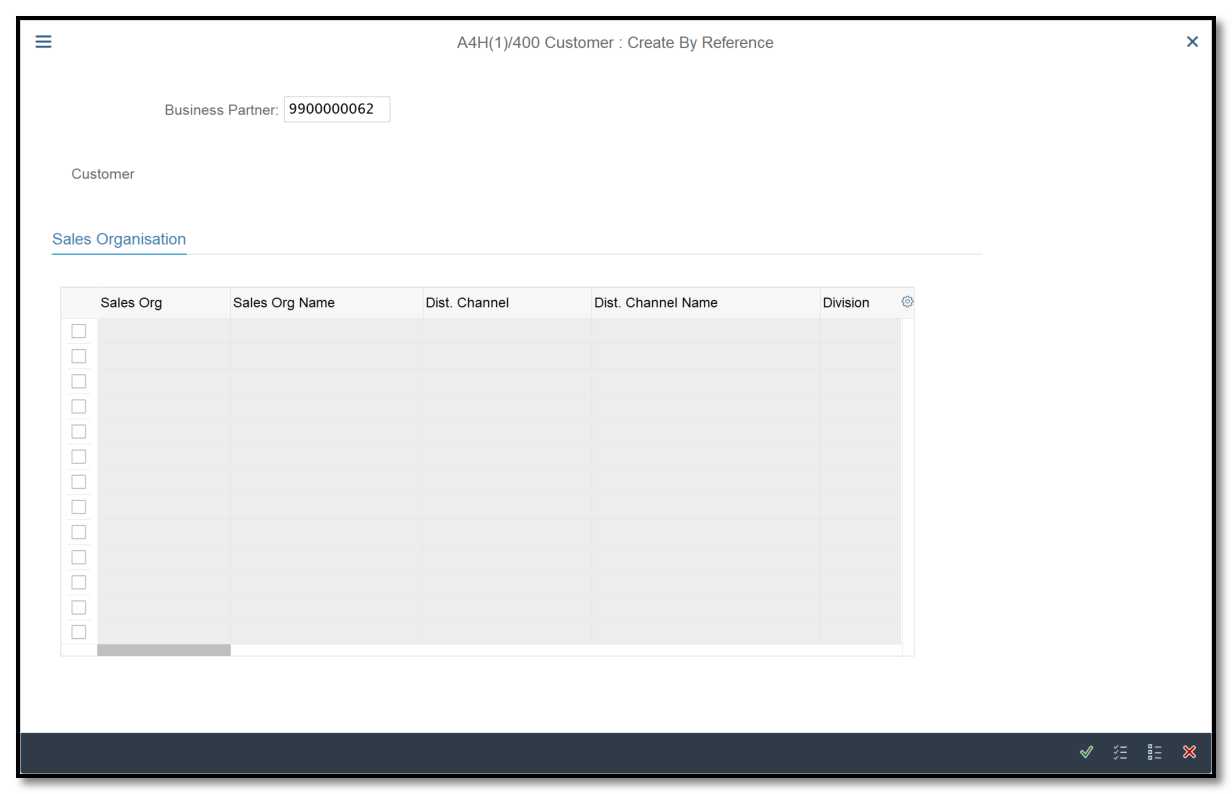
Figure 6 Create Organization by reference, choose the customer screen.
The customer master data is divided into three areas:
- The General Data section (BP Role 000000) contains common information like the Address tab, which includes name, transportation zone, and contact details, control data (like industry and tax information), payment transaction (bank details, and payment card details), marketing (Nielsen ID, and other classification), and other tabs based on relevance to the business (Figure 7).
Here fill in all relevant data and save. General view of business partner master data is created. To create other roles for the same customer, again go to transaction “BP”. Choose “Organization” then search for the business partner previously created. Once you open your partner in change mode select new business partner role which you want to create, ex. FLCU01. You will be redirected to the business partner creation screen.
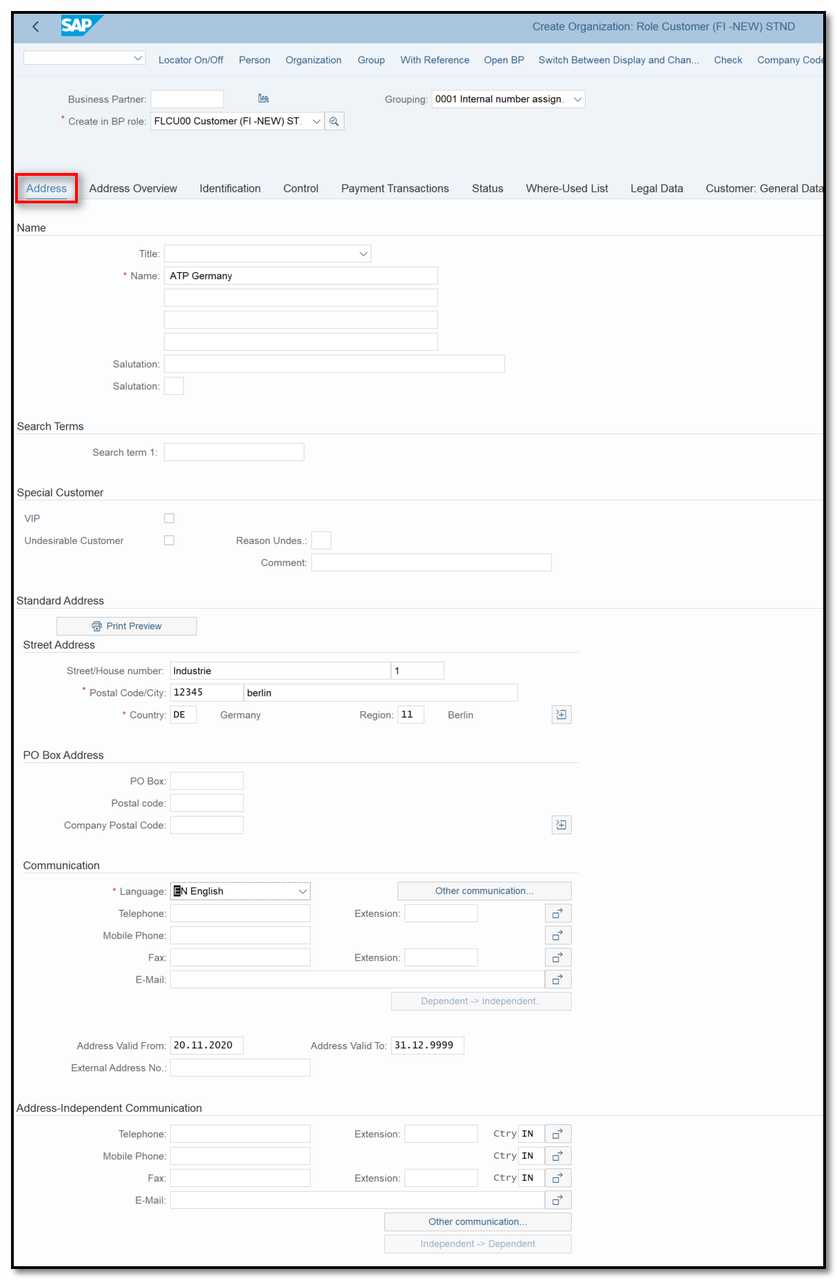
Figure 7 Create Organization, General Data, Address tab
- The Sales Area Data section (BP Role FLCU01) contains sections for Orders (which governs things like sales groups, price classes, and others), Shipping (which manages information on delivery priority, shipment conditions, and others), Billing (for tax classifications, Incoterms, and others), and Partner Functions.

Figure 8 Create Organization, BP Role choose, SD
Once you get the above screen, you can select the BP Role as “FLCU01” Customer (Figure 8) and by selecting Sales Distribution Tab, you can update the sales area data as shown in Figure 9, point (1). Then fill in all relevant data for your business partner.
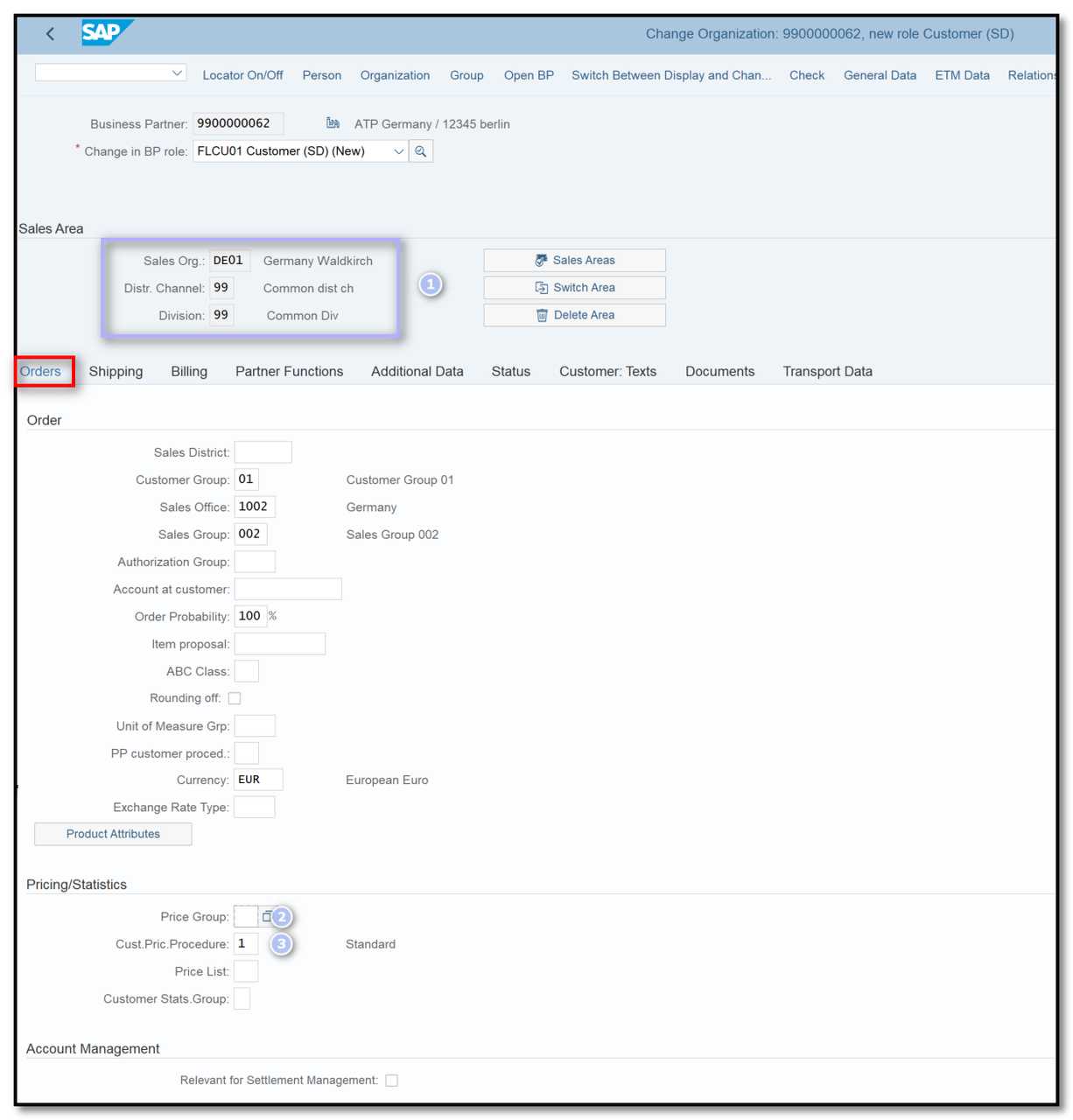
Figure 9 Create Organization, Sales and Distribution, Orders tab
The following are some of the key fields:
Price Group (2) a group of clients with similar pricing criteria. Depending on your organization's needs, you can define price groups and produce pricing records for each category. You may choose a set of consumers to whom you wish to offer the same kind of discount, for instance. Either in the sales document or the customer master record, you can apply a price group to a specific customer.
Customer Pricing Procedure (3) selects the pricing procedure that the system should use when you prepare a sales document for the client.
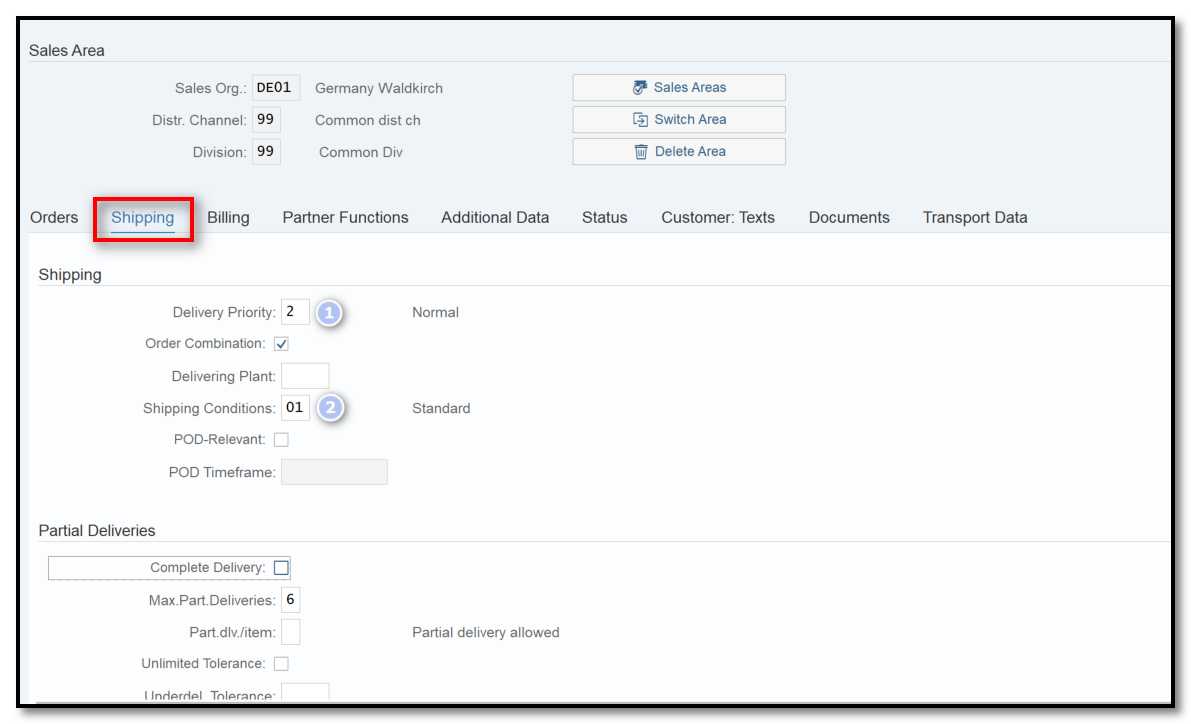
Figure 10 Create Organization, Sales and Distribution, Shipping tab
Delivery Priority (1) the order's priority for delivery. You can give a specific material or a combination of customers and materials the priority for delivery. Delivery priority can be one of the selection criteria while processing deliveries collectively.
Shipping Conditions (2) a general shipping plan for the transfer of goods from the supplier to the client. According to your company's needs, you can establish shipping conditions in your system. Both the vendor master and the customer master allow you to set a shipment condition.

Figure 11 Create Organization, Sales and Distribution, Billing tab
Tax Classification (1) describes the customer's tax obligations in accordance with the country's tax laws. You can define, for instance, whether a consumer is responsible for state sales taxes or other types of sales taxes using the tax categorization.
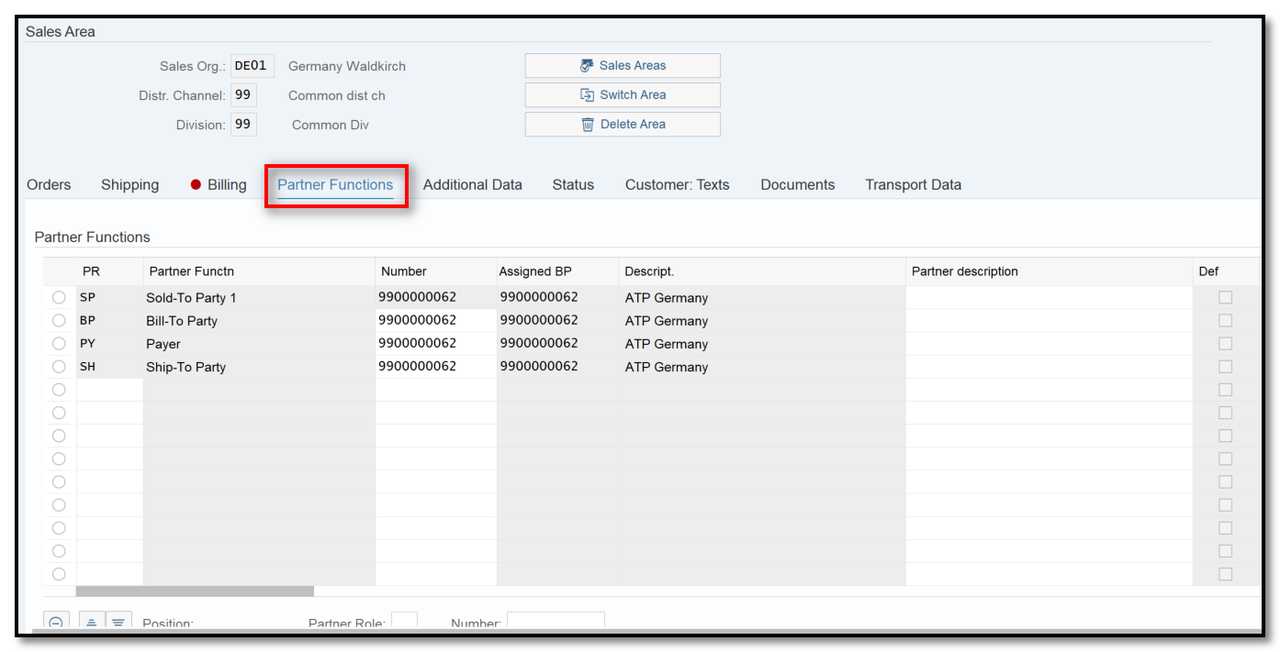
Figure 12 Create Organization, Sales and Distribution, Partner Functions tab
A partner function is specific role that a business partner may play during the process. For instance, a customer orders some goods (partner function: sold-to party), and another customer receives the product (partner function: ship-to party).
You need the following mandatory partner functions to execute sales orders:
- Sold-to party
The customer who places the order.
- Ship-to party
The customer who receives the goods or services.
- Bill-to party
The customer who receives the invoice.
- Payer
The customer who pays the invoice.
- The Company Code Data section has tabs called Account Management (reconciliation account details) Payment Transactions, Correspondence, and Insurance.

Figure 13 Create Organization, BP Role choose, FI
Select the BP Role as “FLCU00” Customer (FI- NEW) (Figure 13) and by selecting Company Code you will be redirected to the Customer: Account Management tab (Figure 14).
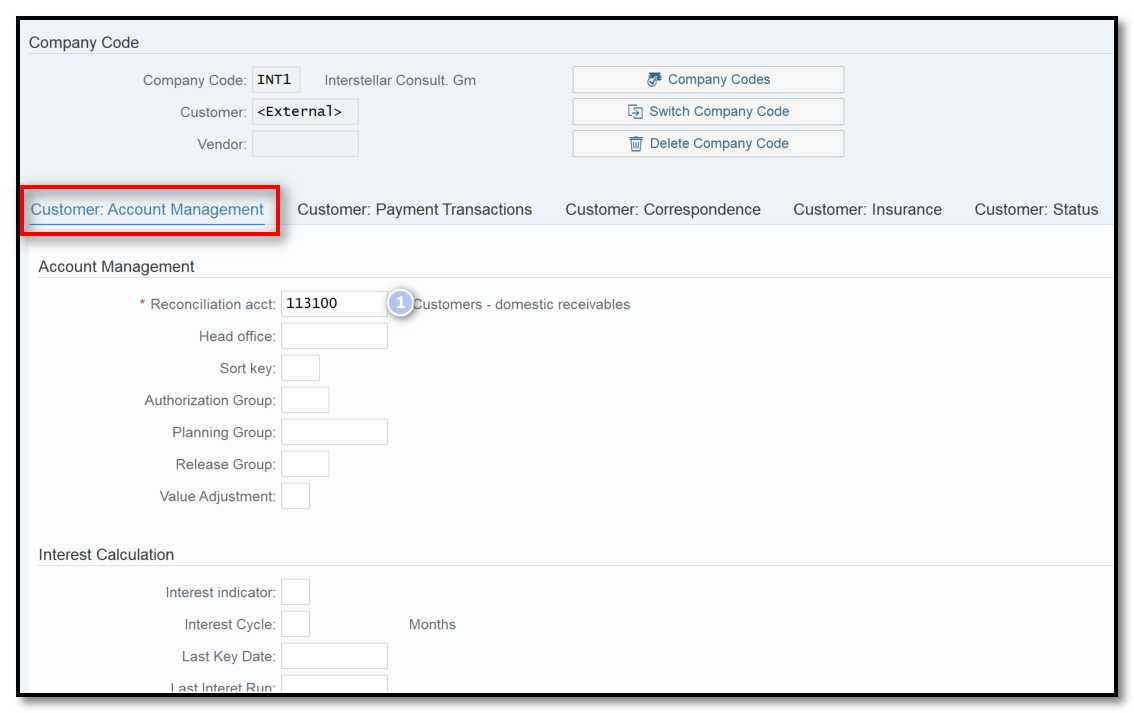
Figure 14 Create Organization, Company Code Cata, Customer: Account Management tab
Reconciliation account (1) In G/L accounting, the reconciliation account is the account that is updated together with the subledger account for regular postings (for example, invoice or payment).
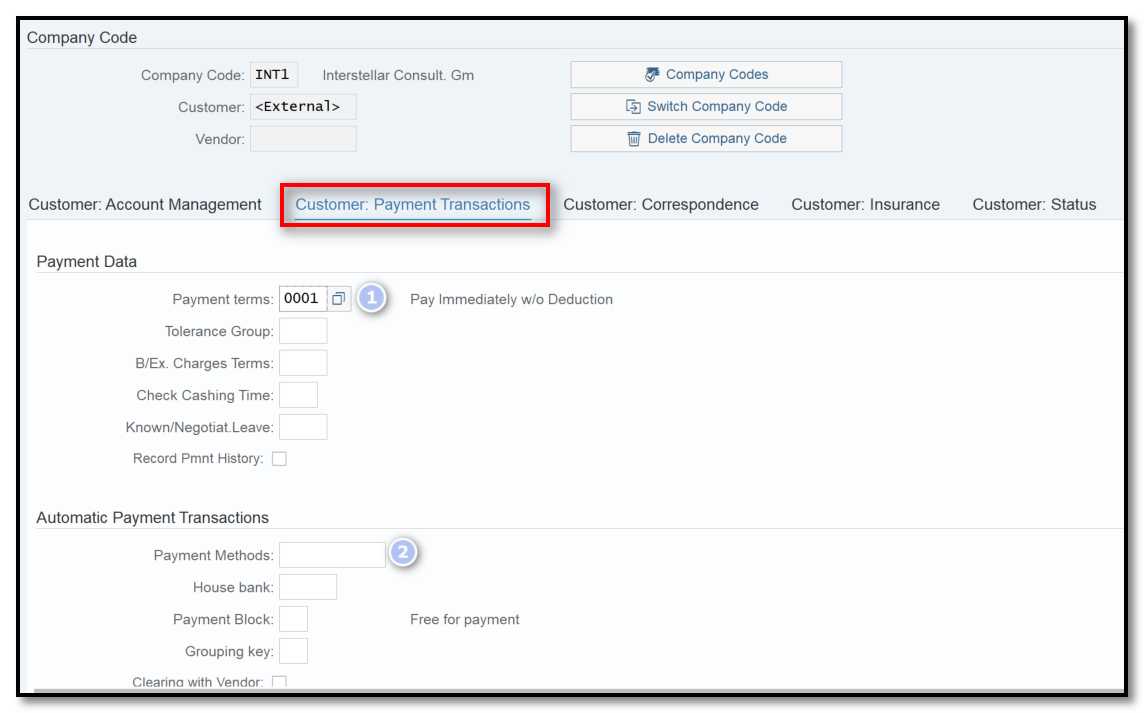
Figure 15 Create Organization, Company Code Data, Customer: Payment Transactions
Payment terms (1) Key to determining payment terms with periods and cash discount percentages. It is utilized in invoices, purchase orders, and sales orders. Payment terms include details for:
•Cash management
•Dunning procedures
•Payment transactions
Payment Methods (2) If you do not specify a payment method in the item to be paid, this customer/vendor will accept the following list of payment options.
The payment method that is specified in the item to be paid takes precedence over the payment method specified in the master record. Additional payment options not included in the master record may be specified in the item.
Many of these data elements, which regulate various processes, are transferred from the customer master to transaction documents (sales orders, delivery documents, and invoices).
